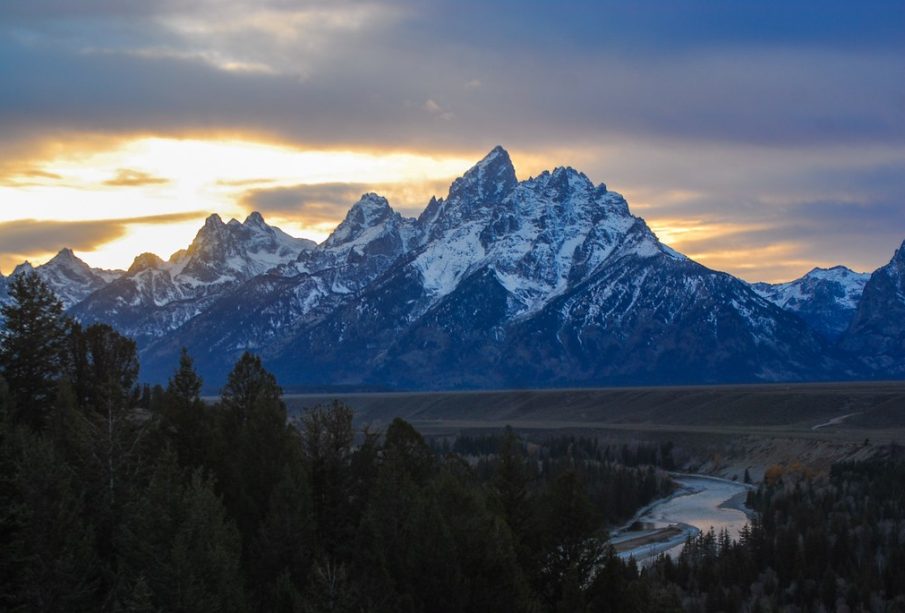The Marvels of Yellowstone National Park

Introduction
Yellowstone National Park, spanning over 3,400 square miles across Wyoming, Montana, and Idaho, is a treasured natural wonder recognized for its stunning landscapes and diverse wildlife. As the first national park in the United States, established in 1872, Yellowstone is not only significant for its historical importance but also for its unique geological features, including the world-renowned geysers and hot springs, making it a crucial area for conservation and research.
Geothermal Features
Yellowstone is home to more than half of the world’s geothermal features, with approximately 500 active geysers, including the famous Old Faithful, which erupts regularly and attracts thousands of visitors each year. The park’s geothermal activity is a result of the Yellowstone Caldera, one of the largest volcanic systems in the world. These features play a vital role in the park’s ecosystem and attract scientists from various fields interested in volcanic activity and climate change.
Wildlife Conservation
The park is also a sanctuary for over 60 species of mammals, including grizzly bears, bison, elk, and wolves, which all contribute to a vibrant ecosystem. Recent conservation efforts have made significant strides, particularly in restoring the wolf population, which has had a profound impact on the park’s ecological balance. Scientists continue to monitor these species to ensure their preservation and the health of their habitats.
Visitor Trends and Challenges
As of 2022, Yellowstone saw a record of nearly 4.9 million visitors. This popularity, while boosting the local economy, presents challenges such as overcrowding and environmental degradation. The National Park Service (NPS) has implemented various measures, including visitor education programs and initiatives aimed at reducing human impact on these delicate habitats.
Conclusion
Yellowstone National Park remains an extraordinary destination that showcases the raw beauty of nature while facing ongoing conservation challenges. The commitment to preserving its unique geological and biological features is crucial for future generations. As visitor numbers continue to rise, it is imperative that sustainable practices are adopted to protect this national treasure. With ongoing research and conservation efforts, we can hope that Yellowstone will continue to thrive and inspire future generations of nature lovers and scientists alike.








